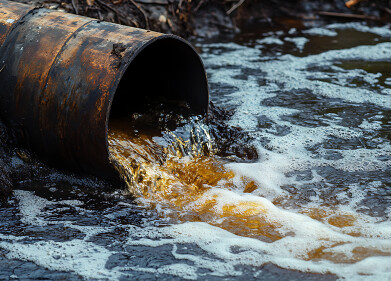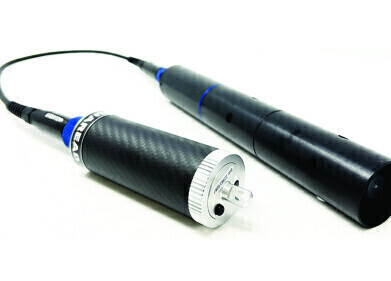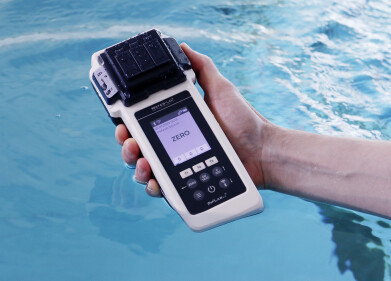Water/Wastewater
How Can We Rid the Ocean of Plastic?
Sep 28 2016
Litter – and plastic in particular – is a growing problem in the world’s oceans. It’s estimated there are over five trillion bits of plastic debris in the world’s oceans – 46,000 per square mile – with 269,000 tonnes on the surface. Because of this, around 100,000 creatures die each year from entanglement and at over 200 areas have been labelled as ‘dead zones’ because life can no longer develop there. Is there a solution? Let’s investigate
Ocean gyres
You only have to look at the five litter patches in the North Pacific, South Pacific, North Atlantic, South Atlantic and Indian Oceans to see how vast the problem has become. Rotating ocean currents combined with wind and rotation of the earth create what’s known as a gyre. These gyres have water pushed towards them, where it eventually sinks.
However, when the water brings litter with it, there’s a bit of a problem… The litter doesn’t sink properly, and remains trapped in that part of the ocean. Of course with water continuously being pushed into gyres, the litter begins to accumulate. It leads to huge litter patches in our oceans. Though while these gyres look bad, they aren’t the heart of the problem.
The main problem comes when litter hits areas with a lot of marine life. It’s here where it can kill animals, either through entanglement, digestion or even indirectly through water pollution. Consequently, the food chain gets disturbed. When the smaller creatures are killed, there is less food for bigger species. The effect is vast.
Solving the litter problem
The Ocean Cleanup Project is one initiative that aims to solve the problem. Raising over two million dollars, the founder Boyan Slat aims to use floating barriers to extract litter from the water. Another idea is to actually change the litter itself. A number of organisations around the world are aiming to create plastics that are more friendly to the environment.
Bioplastics, made from plants, are biodegradable, and so they won’t linger in the ocean like regular plastics. With more and more people becoming concerned about the issue, it’s thought the market for bioplastics is growing considerably and will continue to do so into the future.
Water contamination
It’s not just plastics in water that are an issue. Wastewater can cause contamination to plants, animals and even humans if it enters a water source. But it can also be used to monitor the environment and health of communities if it is analysed using the latest techniques and technology. Our eLearning course on October 13th explores the field of wastewater-based epidemiology.
Digital Edition
AET 28.4 Oct/Nov 2024
November 2024
Gas Detection - Go from lagging to leading: why investment in gas detection makes sense Air Monitoring - Swirl and vortex meters will aid green hydrogen production - Beyond the Stack: Emi...
View all digital editions
Events
Dec 02 2024 London, UK
Dec 03 2024 Dusseldorf, Germany
Dec 11 2024 Shanghai, China
Jan 12 2025 Abu Dhabi, UAE
Jan 14 2025 Abu Dhabi, UAE













.jpg)





